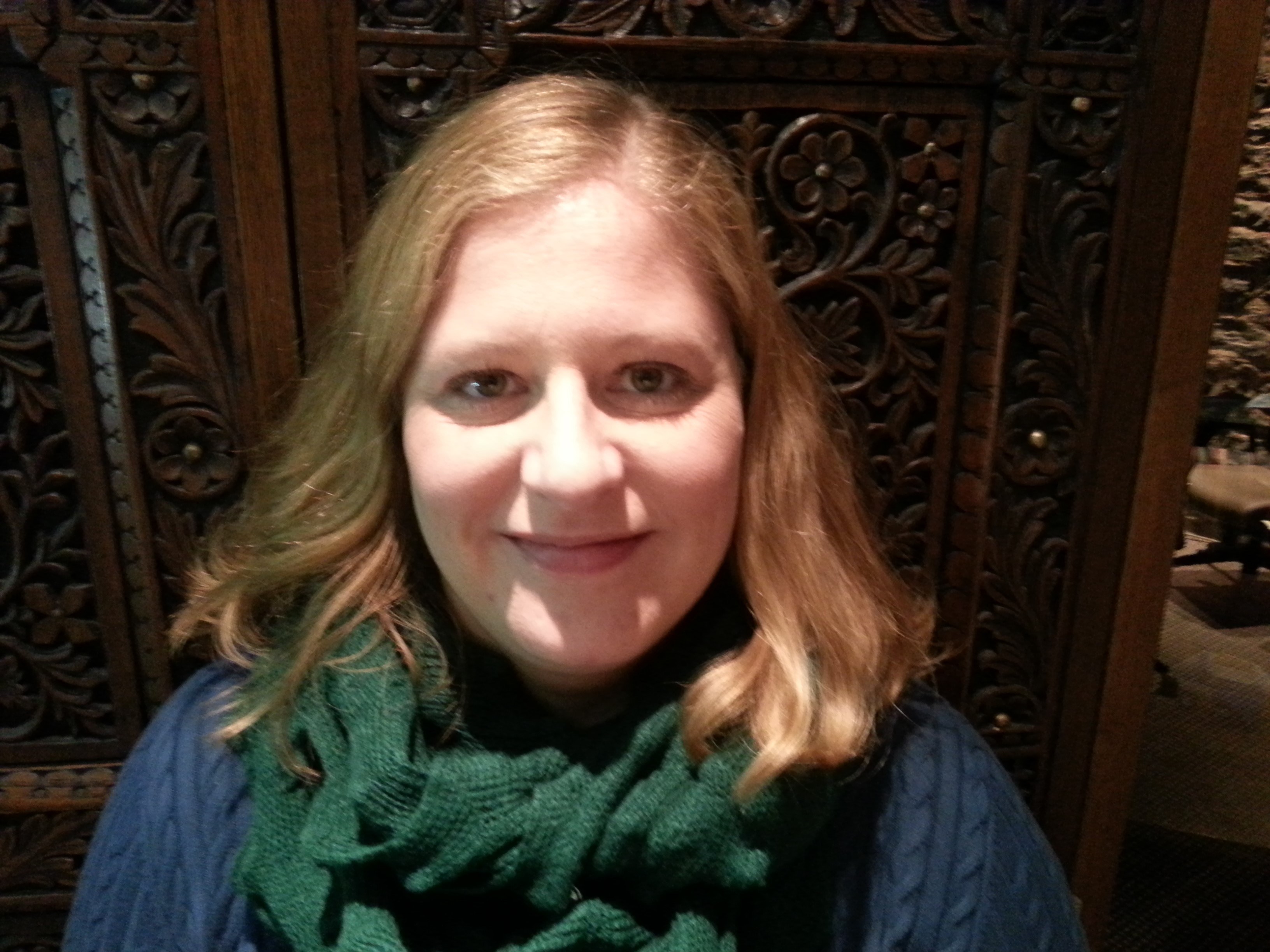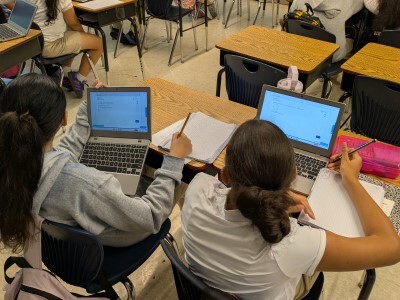A Year in the Making: Lessons My New Year's Resolution Taught Me about Next Gen Learning
Topics
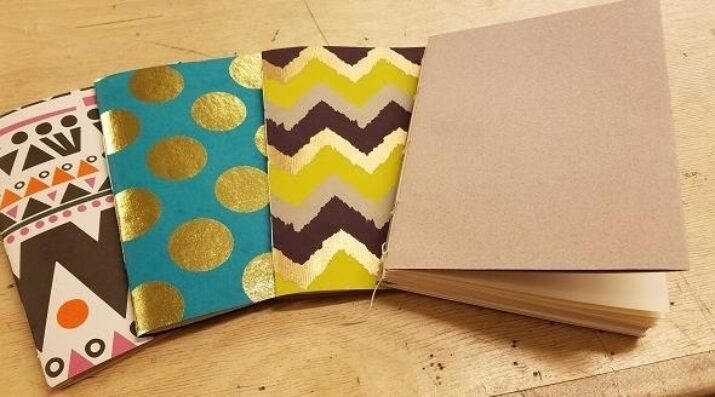
We’ve all had the experience of truly purposeful, authentic learning and know how valuable it is. Educators are taking the best of what we know about learning, student support, effective instruction, and interpersonal skill-building to completely reimagine schools so that students experience that kind of purposeful learning all day, every day.
I wonder how and when was I encouraged to take risks at school and to learn by failing?
I never liked New Year’s resolutions. They felt like homework I didn’t want to do, and—like many people—I started the year with feelings of failure when I wasn’t 100% on track. A few years ago, I decided to set fun resolutions to prompt myself to make time for joyful things. It was in that spirit that I determined to take a creative class each month in 2017.
This is the first post in a series about my experiences implementing my resolution throughout the year. While I knew I would learn a bunch of crafts, I didn’t anticipate all of the understanding about next generation learning I would gain along the way. This post provides a bit of background about my resolution and describes one year-long lesson that began in January 2017.
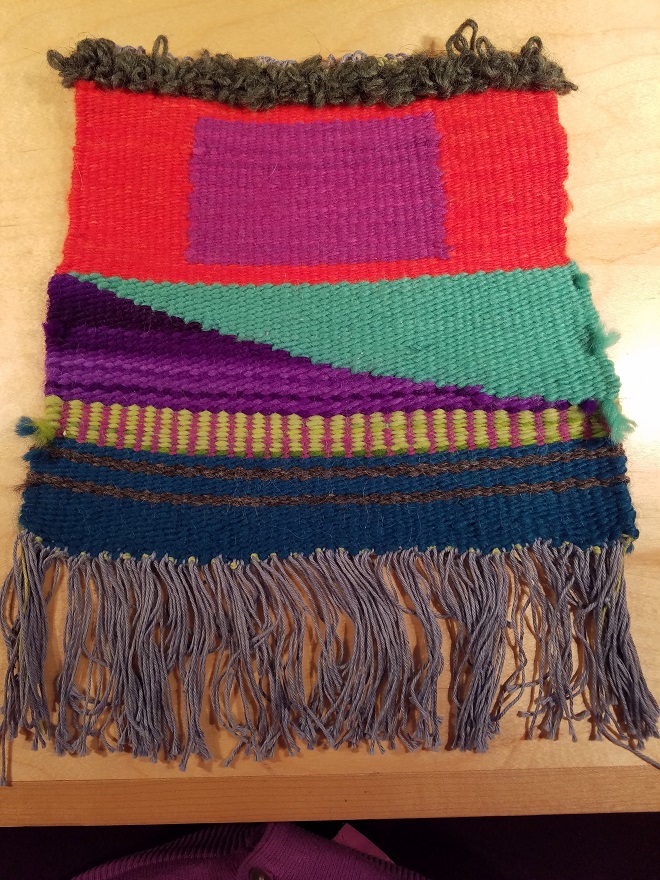
Why This Resolution?
It all started back in spring 2016, which was an extremely busy and stressful time at work. Though I am a long-time knitter, on a whim I signed up for a weaving class at a local yarn shop. My goal for the class was basic: I wanted to schedule a weekly break for myself, doing something that was nothing like my job. And the class wildly exceeded my expectations. I loved learning about how the loom worked and thinking through the colors and textures of the different yarns, planning out how I wanted my weaving to look. I made mistakes and pulled them out and tried again. Although my first piece looks somewhat trapezoidal instead of the neat rectangle I was aiming for, I felt proud about what I accomplished in a few short sessions.
The weaving class didn’t cross my mind again until about six months later, when, as part of my work at the time, I was invited to visit North Bennet Street School, an amazing postsecondary institution that has been training artisans in Boston since 1881. I was struck by the dedication to high-quality craftsmanship, how teachers and students spoke about their trades, and the schoolwide focus on preparing students for real work in various fields. While I was tempted to submit an application on the spot, instead, I pored over the continuing education catalog. As I considered which class to take, the engagement and curiosity I enjoyed while learning about weaving quickly came to mind, and I wondered why I was stopping at just one. I realized I wanted to learn how to make something with my hands on a regular basis, both for the energizing creativity it provided and the stress it released.
My resolution was born.
Lesson #1: Making provides a different kind of learning opportunity than most traditional schools offer.
Lesson learned: January 2017 (and relearned throughout the year), bookbinding
I attended high-quality traditional schools from kindergarten through grad school. Classes were offered primarily in a lecture format, with occasional opportunities for small group work or a science lab; students who did well with that style excelled, and students who didn’t weren’t really offered many alternatives. I succeeded in those environments: I followed the rules, studied hard, tested well, and had many resources available to support my success both inside and outside the classroom.
Then I joined Bookbinding 101, a weekend-long course. Many of the required actions seemed like things I knew how to do in other contexts: plan, measure, cut, fold, glue, sew. But I could listen attentively to the teacher, take meticulous notes, read about what we were going to do, create a plan—skills I had perfected in past learning environments—and still make a mess of my book. My traditional schooling did not prepare me to get my hands to execute what I was thinking in my head. I did not know how to create a design, try it out, fix it, try it again, incorporate feedback, and try it yet again. I am not proud to admit it, but there was some seriously not-suitable-for-work commentary and a lot of self-judgment running through my head when it took me multiple attempts—and what felt like a mountain of wasted paper— to measure and cut in a straight line.
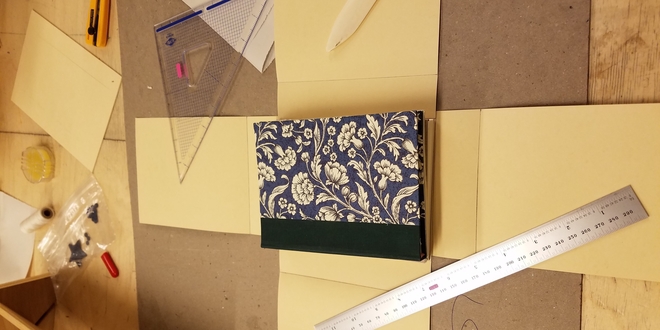
That weekend began teaching me a lesson I would continue to wrestle with throughout 2017: making was a new and different kind of learning for me, and frustrating because I had no training in how to do it. Fortunately, my skillful teacher had supported other students with this struggle before, and she encouraged me not to abandon my resolution in the first month!
Reflections and Insights
As I remember Bookbinding 101, I think back to the different types of learning I experienced in that course and the ways I was asked to demonstrate my learning. How have I been asked to demonstrate my learning throughout my education? Mostly, I remember a narrow range of tests, papers, and presentations as pretty standard across my classes. Even though I have demonstrated my learning on these types of assessments many times, that practice was no help when I wanted to provide evidence of my bookbinding skills. Nor would they have been appropriate. In order for the teacher to really know that I learned how to bind a book, she had to examine a book that I made.
More importantly, I wonder how and when was I encouraged to take risks at school and to learn by failing? My multiple attempts at cutting in a straight line wouldn’t have been quite so painful if I’d had years of experience learning through trial and error. The bookbinding teacher set up a safe environment for this by demonstrating skills, showing and telling us about errors she had made, providing many opportunities (and all that paper!) to try again, and helping us examine where our attempts had gone off track. While I can remember several educators who reassured me not to worry about a less-than-perfect score, from kindergarten through college, they usually focused on the error as something to avoid and minimize, not as a learning opportunity.
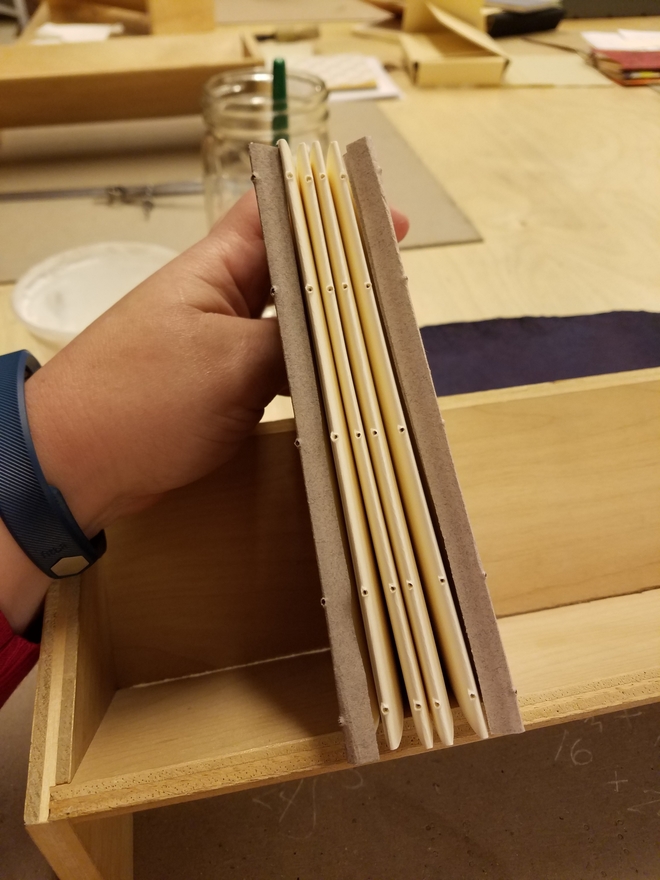
Want to learn more about creating a learning environment where it’s safe to fail? Check out the Students at the Center’s Educator Competencies for next generation learning. Also, a recent post on NGLC's blog describes how one school network, Da Vinci Schools, is building a learner-centered environment for its educators, creating that safe space to innovate, and preparing them to foster these types of learning environments for their students.
Tip for crafting your own Year in the Making: Local high schools, colleges, senior centers, community centers, and other facilities offer continuing education programs, including various arts and crafts classes, like my Bookbinding 101 course at North Bennet Street School.

